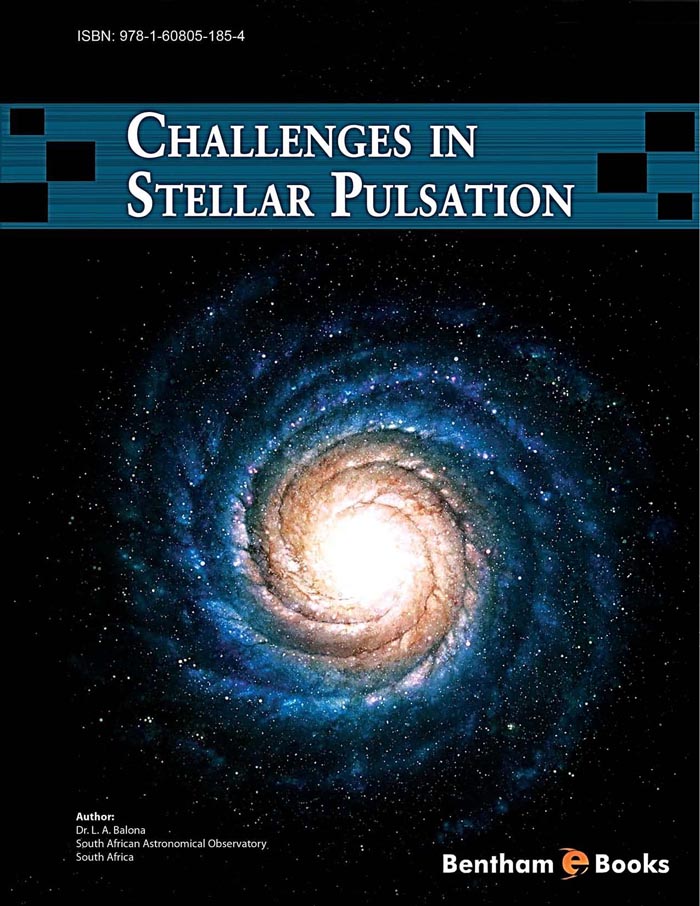Solar-like oscillations in stars

- By Luis A. Balona1
-
View Affiliations Hide Affiliations1 South African Astronomical Observatory. South Africa.
- Source: Challenges In Stellar Pulsation , pp 145-168
- Publication Date: March 2012
- Language: English
Solar-like oscillations in stars, Page 1 of 1
< Previous page | Next page > /docserver/preview/fulltext/9781608051854/chapter-6-1.gif
<p>The theory of stochastically driven oscillations usually predicts amplitudes which are smaller than actually observed. This could be due to the adoption of an incorrect distribution of the eddy time correlation. Predictions of the amplitudes, frequencies and mode lifetimes are usually made on the basis of scaling relations based on the Sun and are only crude approximations. The modes have short lifetimes and relatively high frequencies, which means that the asymptotic approximation is generally a good description. Since rotation is low, these are ideal stars for asteroseismology. About 40 stars of this type have been identi ed from ground-based high precision radial velocities. In most cases only a hump of excess power is seen in the frequency spectrum, but the large and small separations can sometimes be determined. In some cases there is no agreement in frequencies between di erent observation sets. High precision photometric observations from space are rapidly changing the situation, but problems exist even here. Red giants have the largest solar-like oscillation amplitudes, but the frequencies may not be in the asymptotic region. The modes are not well resolved due to the short lifetimes. Future progress for solar-like oscillations is likely to rest almost entirely on space observations. Recent space observations have conclusively demonstrated that the the pulsations in red giants are indeed global eigenfrequencies.</p>
-
From This Site
/content/books/9781608051854.chapter-6dcterms_subject,pub_keyword-contentType:Journal -contentType:Figure -contentType:Table -contentType:SupplementaryData105

